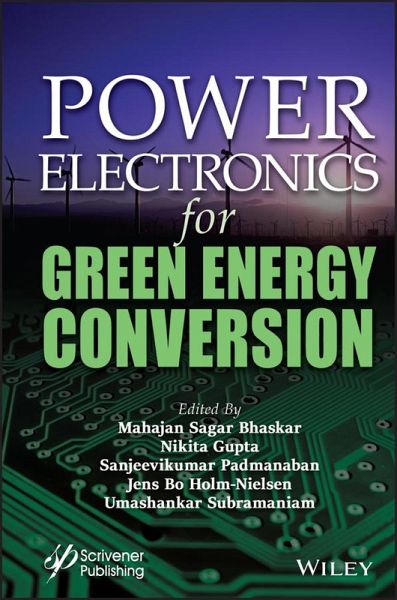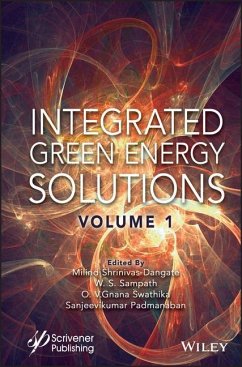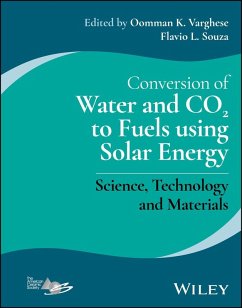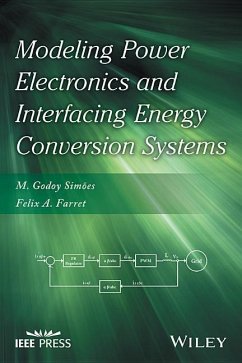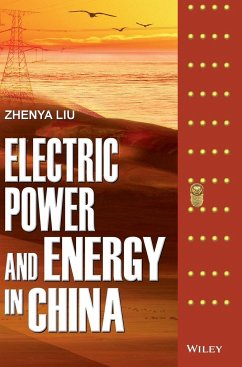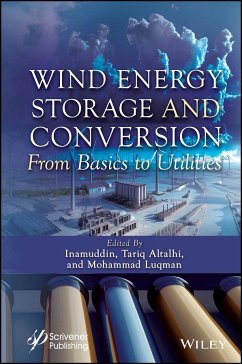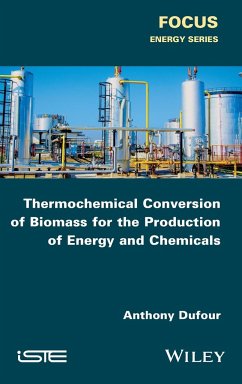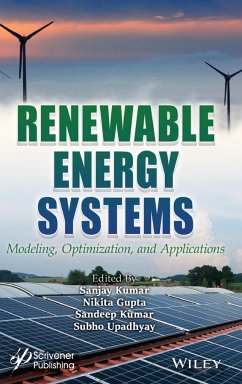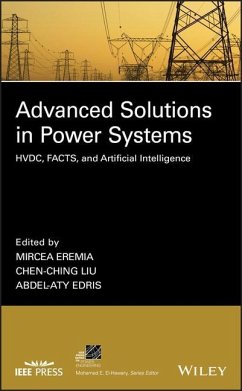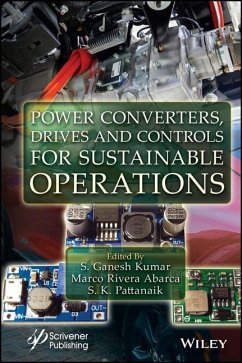Bhaskar
Gebundenes Buch
Power Electronics for Green Energy Conversion
Versandkostenfrei!
Versandfertig in über 4 Wochen
Weitere Ausgaben:

PAYBACK Punkte
112 °P sammeln!




Power Electronics for Green Energy Conversion
Mahajan Sagar Bhaskar, PhD, is with the Renewable Energy Lab, in the Department of Communications and Networks Engineering at the College of Engineering, Prince Sultan University, Riyadh, Saudi Arabia. After receiving his PhD in electrical and electronic engineering from the University of Johannesburg, South Africa in 2019, he was a post-doctoral researcher in the Department of Energy Technology, Aalborg University, Esbjerg, Denmark. He has several years of research experience from several universities, and he has authored over 100 scientific papers in the area of DC/AC power, receiving several awards, as well. He is a member of a number of scientific societies and is a reviewer for several technical journals and conferences, including IEEE and IET. Nikita Gupta, PhD, is a professor in the Department of Electrical Engineering, University Institute of Technology, Himachal Pradesh University, India. She received her BTech degree in electrical and electronics engineering from the National Institute of Technology, Hamirpur, India in 2011 and MTech degree in power systems from Delhi Technological University, Delhi, India in 2014. She earned her PhD from the Department of Electrical Engineering at Delhi Technological University, Delhi, India, in 2018. Her research interests include power system analysis, power quality, power electronics applications in renewable energy, and microgrids. Sanjeevikumar Padmanaban, PhD, is a faculty member with the Department of Energy Technology, Aalborg University, Esbjerg, Denmark and works with CTIF Global Capsule (CGC), Department of Business Development and Technology, Aarhus University, Denmark. He received his PhD in electrical engineering from the University of Bologna, Italy. He has almost ten years of teaching, research and industrial experience and is an associate editor on a number of international scientific refereed journals. He has published more than 300 research papers and has won numerous awards for his research and teaching. Jens Bo Holm-Nielsen currently works at the Department of Energy Technology, Aalborg University and is head of the Esbjerg Energy Section. He helped establish the Center for Bioenergy and Green Engineering in 2009 and served as the head of the research group. He has served as technical advisor for many companies in this industry, and he has executed many large-scale European Union and United Nation projects. He has authored more than 300 scientific papers and has participated in over 500 various international conferences. Umashankar Subramaniam, PhD, is at Renewable Energy Lab, College of Engineering, Prince Sultan University, Saudi Arabia and has over 15 years of teaching, research and industrial R&D experience. He has published more than 250 research papers in scientific and technical refereed journals and conferences. He has also authored, co-authored, or contributed to 12 books, including books for Scrivener Publishing. He is an editor of a highly-respected technical journal, and he has won several awards in the field.
Produktdetails
- Verlag: Wiley
- Seitenzahl: 640
- Erscheinungstermin: 9. August 2022
- Englisch
- Abmessung: 231mm x 155mm x 38mm
- Gewicht: 975g
- ISBN-13: 9781119786481
- ISBN-10: 1119786487
- Artikelnr.: 60401779
Herstellerkennzeichnung
Libri GmbH
Europaallee 1
36244 Bad Hersfeld
gpsr@libri.de
Für dieses Produkt wurde noch keine Bewertung abgegeben. Wir würden uns sehr freuen, wenn du die erste Bewertung schreibst!
Eine Bewertung schreiben
Eine Bewertung schreiben
Andere Kunden interessierten sich für



